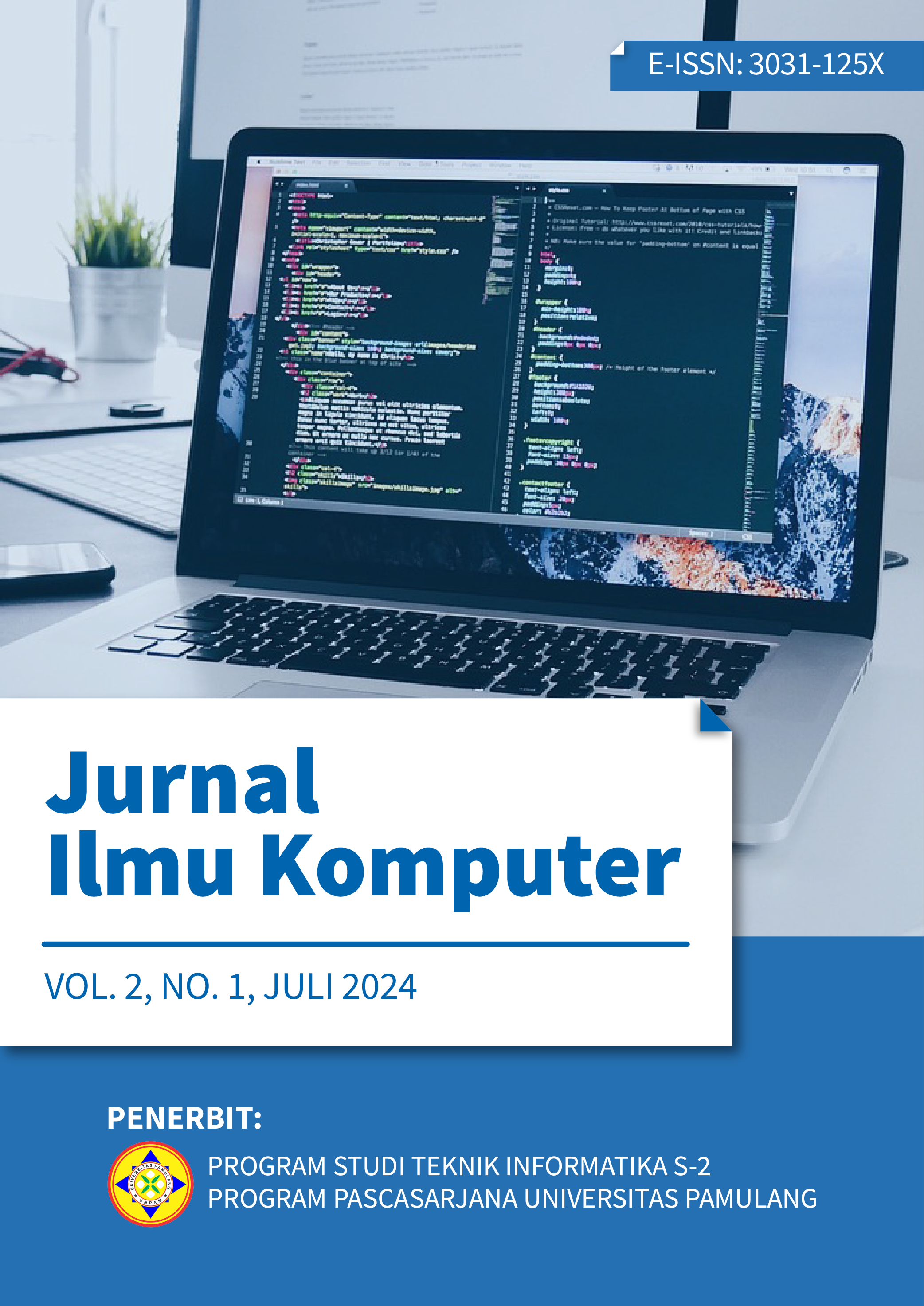Pengembangan Sistem Employee Self Service (ESS) Berbasis Web Terintegrasi Dengan Kinerja Karyawan (Studi Kasus: Astrido Group)
Keywords:
employee self service, RAD, UML, FGD, ISO 9126Abstract
Technological developments in the 4.0 era require humans to act effectively and efficiently. Astrido Group is a company operating in the automotive sector, especially car sales and services. The expected goal of this research is to build an information sistem that makes it easier for employees to update personal data, download attendance reports, process leave applications and approvals and obtain employee performance information. The sistem development method is Rapid Application Development (RAD) and modeled using the Unified Modeling Language (UML). Focus Group Discussion (FGD) Used as validation testing. The resulting software quality test is based on the four software quality characteristics of the ISO 9126 model, namely: functionality, reliability, usability and efficiency which are combined using the questionnaire method. The Black Box test results were 100%, which indicates the system was well received by users, while testing with Acunetix WVS was at Threat Level 2, which indicates the application being built is quite safe.
References
[1] D. Wiryan Satrio and A. Dores, “Analisa Dan Perancangan Sistem Employee Self Service Berbasis Web Pada Pt Mci Management,” Maret, vol. 2, no. 2, pp. 2655–7541, 2020, [Online]. Available: https://jurnal.ikhafi.or.id/index.php/jusibi/402
[2] K. Candrawati, R. Komarudin, and D. N. Kholifah, “Aplikasi Employee Self Service Berbasis Website pada CV Amy and Cake,” vol. 11, no. 2, pp. 58–63, 2023.
[3] C. Mandang, D. Wuisan, and J. Mandagi, “Penerapan Metode RAD dalam Merancang Aplikasi Web Proyek PLN UIP Sulbagut,” Jointer - J. Informatics Eng., vol. 1, no. 02, pp. 49–53, 2020, doi: 10.53682/jointer.v1i02.18.
[4] M. Y. B. Poso, N. Faizah, and P. K. Karo, “Aplikasi Sistem Penerimaan Siswa Baru SMK Taruna Bakti Cikarang Selatan Berbasis Web dengan Metode Rapid Application Develoment (RAD),” Des. J., vol. 1, no. 1, pp. 72–78, 2023, doi: 10.58477/dj.v1i1.59.
[5] M. A. Wijaya and C. Perdana, “Perancangan Focus Group Discussion Sebagai Ruang Partisipasi Masyarakat Dalam Membangun Desa Berbasis Website,” J. Sist. Inf. Galuh, vol. 1, no. 2, pp. 59–67, 2023, doi: 10.25157/jsig.v1i2.3206.
[6] A. Prastomo, “Pemanfaatan Aplikasi Ujian Online Berbasis Android: Studi Kasus Yayasan Pondok Pesantren Nur Cendekia,” Simp. Nas. Ilm. Call Pap. …, pp. 460–468, 2019, doi: 10.30998/simponi.v0i0.414.
[7] Y. D. Wijaya and M. W. Astuti, “Pengujian Blackbox Sistem Informasi Penilaian Kinerja Karyawan Pt Inka (Persero) Berbasis Equivalence Partitions,” J. Digit. Teknol. Inf., vol. 4, no. 1, p. 22, 2021, doi: 10.32502/digital.v4i1.3163.
[8] A. Zirwan, “Pengujian dan Analisis Kemanan Website Menggunakan Acunetix Vulnerability Scanner,” J. Inf. dan Teknol., vol. 4, no. 1, pp. 70–75, 2022, doi: 10.37034/jidt.v4i1.190.
[9] A. Rizki, “Perancangan Sistem Informasi Persediaan Barang Pada Toko Nanda Toys Bekasi,” Bina Sarana Informatka, vol. 5, no. 2, pp. 7–19, 2019, [Online]. Available: https://repository.bsi.ac.id/repo/16534/Perancangan-Sistem-Informasi-Persediaan-Barang-Pada-Toko-Nanda-Toys-Bekasi
[10] Megawaty and B. Y. Wardhate, “E-Archive Sistem Data Pasien Menggunakan Metode Rad (Studi Kasus : Puskesmas Batumarta VIII),” J. Mantik, vol. 6, no. 3, pp. 2685–4236, 2022.
Downloads
Published
Issue
Section
License
Copyright (c) 2024 Satria Ardi Wibowo, Agung Budi Santoso, Sajarwo Anggai

This work is licensed under a Creative Commons Attribution-ShareAlike 4.0 International License.



